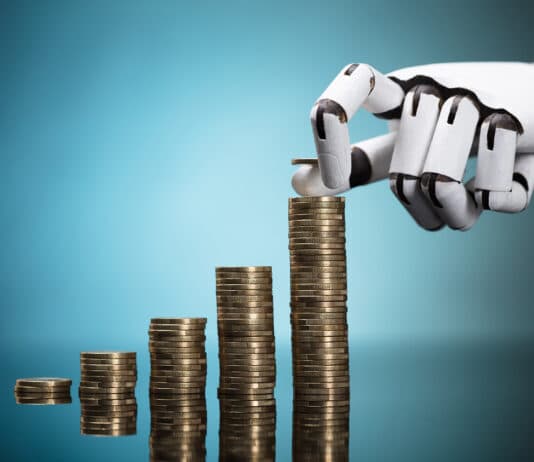Cybersecurity strategies need to change in order to address the new issues that Machine Learning (ML) and Artificial Intelligence (AI) bring into the equation. Although those issues have not yet reached crisis stage, signs are clear that they will need to be addressed – and soon – if cyberattackers are to be prevented from obtaining a decided advantage in the continuing arms race between hackers and those who keep organizations’ systems secure.
IntroductionTrustworthy vs Responsible AITrustworthy AIAttributes of trustworthy AI1. Transparent, interpretable and explainable2. Accountable3. Reliable, resilient, safe and secure4. Fair and non-discriminatory5. Committed to privacy...
AI leaders must adapt to the changing culture as young workers enter the job market with expectations strikingly different from the ones that leaders...
In recent years, the rise of artificial intelligence (AI) has revolutionized many sectors, bringing about significant advancements in various fields. However, one area where AI has presented a dual-edged sword is in information operations, specifically in the propagation of disinformation. The advent of generative AI, particularly with sophisticated models capable of creating highly realistic text, images, audio, and video, has exponentially increased the risk of deepfakes and other forms of disinformation.
Because it demands so much manpower, cybersecurity has already benefited from AI and automation to improve threat prevention, detection and response. Preventing spam and identifying malware are already common examples. However, AI is also being used – and will be used more and more – by cybercriminals to circumvent cyberdefenses and bypass security algorithms. AI-driven cyberattacks have the potential to be faster, wider spread and less costly to implement. They can be scaled up in ways that have not been possible in even the most well-coordinated hacking campaigns. These attacks evolve in real time, achieving high impact rates.
The automotive industry has revolutionized manufacturing twice.
The first time was in 1913 when Henry Ford introduced a moving assembly line at his Highland Park...
Ask people on the street how much AI uses today affect their lives, and most would probably answer that it doesn’t affect them right now. Some might say that it’s pure science fiction. Others might say that it may affect our future but isn’t used in our world today. Some might correctly identify a few ways it’s used in modern technology, such as voice-powered personal assistants like Siri, Alexa and Cortana. But most would be surprised to find out how widely it is already woven into the fabric of daily life.
It seems everyone is talking about artificial intelligence (AI). Everyone. From senior executives to school kids, the hype - or dread - around this...
If you’ve read the many predictions about the future of AI, you’ve likely found them to be wildly different. They range from AI spelling...
In the summer of 1956, a small gathering of researchers and scientists at Dartmouth College, a small yet prestigious Ivy League school in Hanover, New Hampshire, ignited a spark that would forever change the course of human history. This historic event, known as the Dartmouth Workshop, is widely regarded as the birthplace of artificial intelligence (AI) and marked the inception of a new field of study that has since started revolutionizing countless aspects of our lives.
AI’s effect on the workplace will not be limited merely to repetitive, production line-type jobs. Increasingly, it also enters the realm of highly trained...
Canada’s rankings in innovation has lagged that of other peer nations for decades despite government efforts to address this issue. Considering its success in...
Growing reliance on AI will not likely result in any of the three most common views of how AI will affect our future. Each...
As early as the mid-19th century, Charles Babbage and Ada Lovelace created the Analytical Engine, a mechanical general-purpose computer. Lovelace is often credited with the idea of a machine that could manipulate symbols in accordance with rules and that it might act upon other than just numbers, touching upon concepts central to AI.
To remain competitive, organizations will increasingly have to innovate. As the speed of innovation increases, disrupting whole sectors, competitive intelligence, market intelligence even a...




















